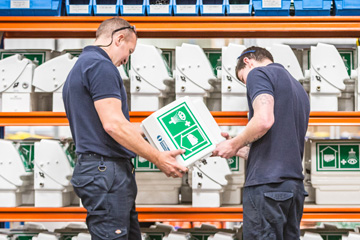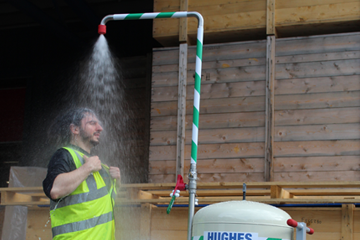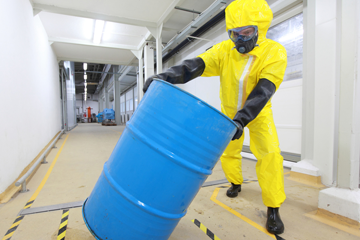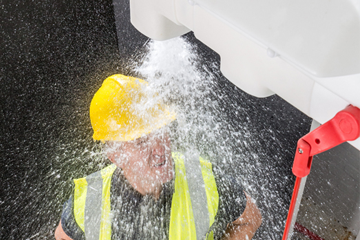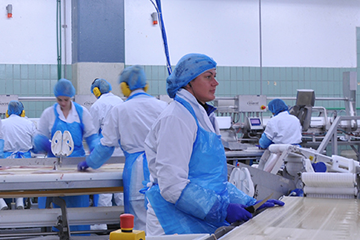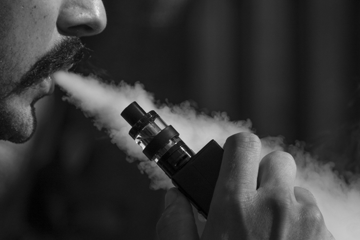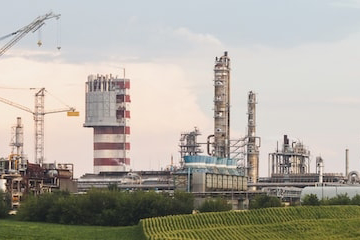Enquiry List () (0)
- Jun 30, 2021
Quality is our watchword
Quality is essential, particularly in the manufacture of safety products. Safety showers and eye wash equipment must be reliable, robust, and work first time, every time, to protect lives.
Hughes’ rigorous approach to delivering high-quality products is evident throughout our manufacturing processes. We are audited to ISO standards, namely 45001:2018, 14001:2015 and 9001:2015. Producers of sustainable, high-quality components are in evidence throughout our entire supply chain.




